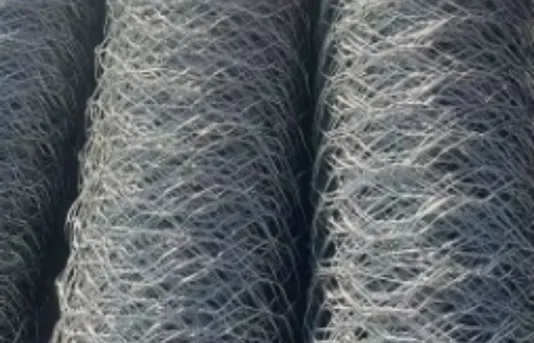-
 Phone:
Phone: -
 Email:
Email:

Current Trends and Prices of PVC Wire in the Market Today
Understanding the Factors Influencing PVC Wire Prices
Polyvinyl chloride (PVC) wire is extensively used in various applications, ranging from electrical wiring to telecommunications and construction. As the demand for PVC wires continues to rise, understanding the factors affecting their prices becomes essential for consumers and manufacturers alike. This article explores the key elements that influence PVC wire prices and provides insight into the trends shaping the market.
1. Raw Material Costs
The primary component of PVC wire is polyvinyl chloride, a synthetic plastic polymer. The cost of raw materials plays a significant role in determining the final price of PVC wire. PVC production relies heavily on petroleum-based products, and fluctuations in crude oil prices can lead to corresponding changes in PVC costs. For instance, during periods of high oil prices, the cost of PVC production tends to rise, leading to increased prices for PVC wires.
Moreover, the prices of additives used in PVC production, such as stabilizers, plasticizers, and pigments, can also impact the overall cost of wiring. These additives enhance the properties of PVC, including flexibility, durability, and heat resistance. As global supply chains face disruptions or unexpected demand surges, the costs of these raw materials can fluctuate, thereby influencing PVC wire prices.
2. Supply and Demand Dynamics
The basic economic principle of supply and demand plays a crucial role in shaping PVC wire prices. An increase in demand for PVC wires—prompted by growth in various industries such as construction, automotive, and telecommunications—can lead to higher prices. For instance, the construction boom in certain regions often results in heightened demand for electrical wires, consequently driving up costs.
Conversely, if there is an oversupply of PVC wires in the market, prices may decrease. Factors such as technological advancements in manufacturing processes or an increase in production capacity can lead to excess supply. Therefore, manufacturers must keep a close eye on market trends to optimize production levels and pricing strategies.
3
. Regulatory and Environmental FactorsRegulations concerning environmental standards and safety compliance can also affect PVC wire prices. As governments worldwide implement stricter environmental regulations, manufacturers may need to invest in cleaner production processes or switch to eco-friendly materials. These changes can lead to increased production costs, which are often reflected in the prices of the final products.
pvc wire price

For instance, the use of phthalate-free plasticizers has become increasingly common due to health concerns. While these alternatives are safer for consumers, they generally cost more than traditional additives, contributing to higher overall prices for PVC wires.
4. Geopolitical Factors
Global events can significantly impact the price of PVC wires. Trade policies, tariffs, and geopolitical tensions can alter the flow of raw materials and finished goods between countries. For example, trade disputes could lead to increased tariffs on PVC imports, raising prices for consumers in affected regions.
Natural disasters, such as hurricanes or earthquakes, can also disrupt production and transportation, leading to supply shortages and, consequently, higher prices. Additionally, fluctuations in currency exchange rates can affect international trade, impacting the costs associated with importing and exporting PVC wire products.
5. Technological Advancements
Advancements in manufacturing technology are another factor affecting PVC wire prices. Innovative production techniques can enhance the efficiency of manufacturing processes, thereby reducing costs. For example, automation and improved manufacturing machinery can lower labor costs and waste, resulting in more competitive pricing for PVC wire.
Conversely, if new technologies require significant investment, manufacturers may pass those costs onto consumers. Thus, the balance between innovation and investment is crucial in determining the price trajectory of PVC wires.
Conclusion
In conclusion, the pricing of PVC wires is influenced by a complex interplay of raw material costs, supply and demand dynamics, regulatory factors, geopolitical influences, and technological advancements. As industries evolve and consumer needs change, understanding these factors will be vital for stakeholders aiming to navigate the PVC wire market effectively. By staying informed about these influences, businesses can make strategic decisions that align with market trends, ensuring competitiveness in a dynamic environment.
-
Wire Mesh for Every Need: A Practical SolutionNewsJul.25,2025
-
Steel Fences: Durable, Secure, and Stylish OptionsNewsJul.25,2025
-
Roll Top Fencing: A Smart Solution for Safety and SecurityNewsJul.25,2025
-
Cattle Farm Fencing Solutions for Maximum SecurityNewsJul.25,2025
-
Affordable Iron Binding Wire SolutionsNewsJul.25,2025
-
Affordable Galvanized Wire SolutionsNewsJul.25,2025
-
Wire Hanger Recycling IdeasNewsJul.25,2025








